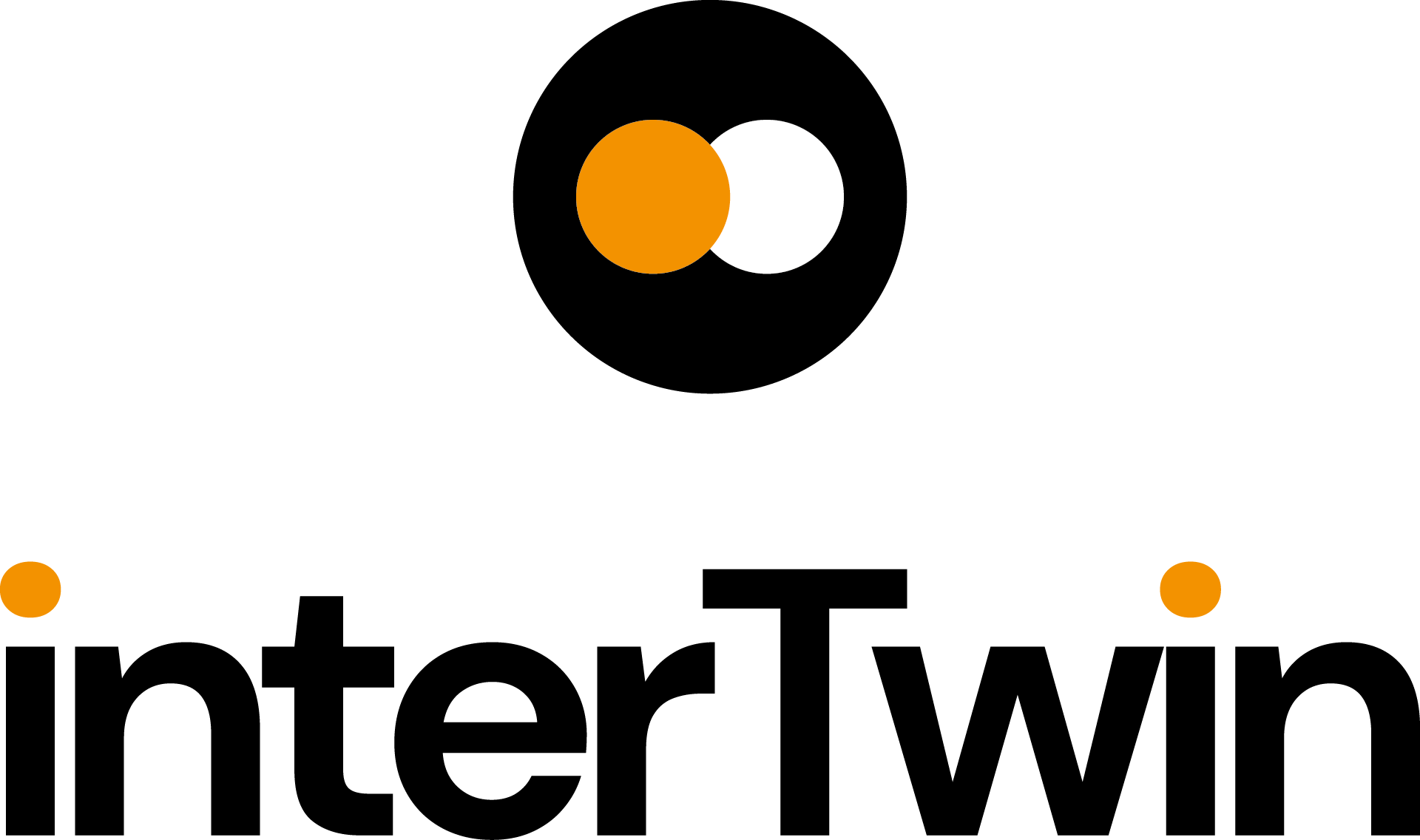Wflow is Deltares’ solution for modelling hydrological processes, allowing users to account for precipitation, interception, snow accumulation and melt, evapotranspiration, soil water, surface water, groundwater recharge, and water demand and allocation in a fully distributed environment. Successfully applied worldwide for analyzing flood hazards, drought, climate change impacts and land use changes, wflow is growing to be a leader in hydrology solutions. Wflow is conceived as a framework, within which multiple distributed model concepts are available, which maximizes the use of open earth observation data, making it the hydrological model of choice for data scarce environments. Based on gridded topography, soil, land use and climate data, wflow calculates all hydrological fluxes at any given grid cell in the model at a given time step.
Wflow was born out of the creation of Deltares in 2008, when a strategic review identified the need for a distributed hydrological model to allow the simulation of flows at the catchment scale. With the intention being to encourage greater scientific collaboration. For this reason:
- Wflow is free and open source software.
- Wflow is easily coupled with other models and software applications.
- Contribution to the wflow code development is encouraged.
From 2021 the wflow code is distributed under the MIT License. Wflow is also available as a compiled executable under the Deltares terms and conditions. The wflow computational engine is built in the Julia language, a high-performance computing language. Wflow does not include a graphical user interface and is designed for maximum user flexibility. Prior to 2021, wflow was developed in Python on top of the PCRaster Python extension. The Python version is still available, but not actively developed.
Release Notes
The application of WFLOW is demonstrated in Jupyter Notebooks developed in interTwin (https://github.com/interTwin-eu/DT-flood/).
This release offers a basic example of how to set up a WFLOW model for applications in flood modelling and a basic demonstration of the coupling between WFLOW and the FloodAdapt backend.
Users can specify a geographic area and simulation period of interest and a minimal number of model-specific parameters to set up a WFLOW model to simulate river discharges and couple the outputs to a SFINCS model covering the same area of interest. The WFLOW model is configured using globally available static and dynamic input data. WFLOW can be run using the published docker container (https://hub.docker.com/r/deltares/wflow) to support heterogeneous computing infrastructure
This release offers improved capabilities for re-infiltration and coupling between leaf area index and land classes to assess the effects of changes in land use on flooding.
Future Plans
The primary focus for future developments is to add capabilities to run WFLOW on GPUs.




